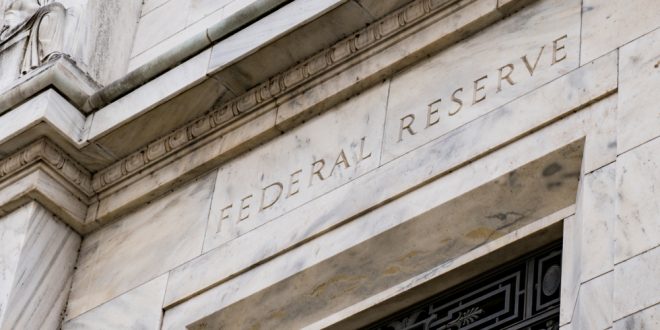The United States Federal Reserve is planning to maintain its easing policies for the foreseeable future, despite expectations that the new administration, led by the Democratic President-elect Joe Biden, will roll out new massive economic stimulus to help the American economy cope with the complications of the Coronavirus pandemic.
Last week, The President of the Federal Reserve Bank of Boston, Eric Rosengren, welcomed the new Biden $1.9 trillion rescue plan, telling CNBC in an interview on Friday that the big package is appropriate.
“The mix that we have actually on fiscal and monetary policy is appropriate,” he noted, stressing the need to maintain monetary easing policies, especially after the decline in jobs as shown by the December data.
Meanwhile, the Chairman of the Fed, Jerome Powell, said on Thursday that he expects “that the current pace of purchases will remain appropriate for quite some time.”
This comes as the American economy remains far from the Fed’s goals of a 2% sustainable inflation rate and full employment, with the current unemployment rate at 6.7%.
The rollout of Coronavirus vaccines, som ething which the Biden administration is putting as a top priority, are expected to help contain the virus outbreak in the U.S. and help the economy get back on track.
In addition, a closer look at the Fed’s Beige Book shows that the monetary policymakers are seeing modest expansion in economic activity across the states, with declines in retail sales and demand for leisure and hospitality services, largely due to the recent surge in Coronavirus and stricter preventive measures.
The recent the holiday season also saw arise in the ongoing shift from in-person shopping to online sales.
Furthermore, auto sales weakened, while activity in the energy sector was said to have expanded for the first time since the beginning of the pandemic.
Manufacturing activity continued to recover, despite increasing reports of supply chain challenges.
The residential real estate activity remained strong, as it seen as one of the current main drivers of the economy, but accounts of weak conditions in commercial real estate markets persisted.
The employment front remains one with huge challenges, with growing employments in some areas and a drop in other.
Labor demand was strongest in the manufacturing, construction, and transportation sectors, with some employers noting staffing shortages and difficulty attracting qualified workers, especially for entry-level and on-site positions.
On the inflation front, the recent Beige Book showed that price increases were reported, with growth in input prices continuing to outpace that of finished goods and services.
Most notably, prices for construction and building materials, steel products, and shipping services were reported to have risen.
Energy prices picked up but remained below pre-pandemic levels. Home prices continued to climb, driven by low inventories and rising construction costs.
 Noor Trends News, Technical Analysis, Educational Tools and Recommendations
Noor Trends News, Technical Analysis, Educational Tools and Recommendations





